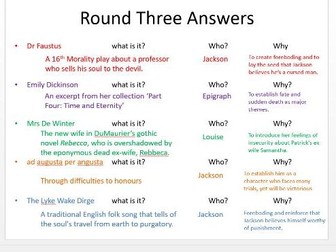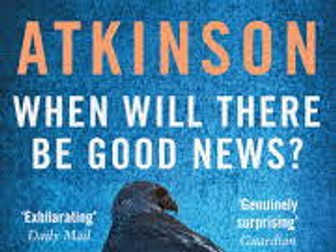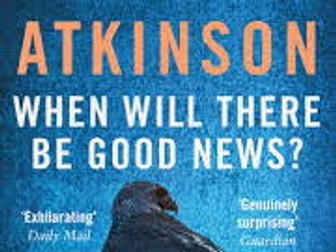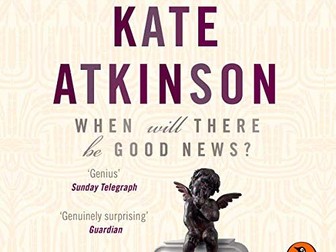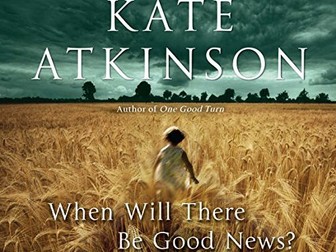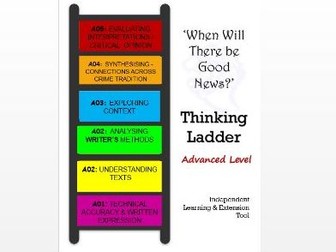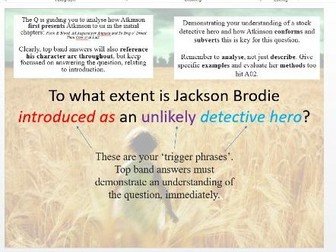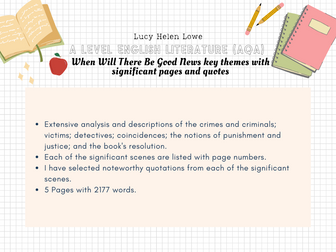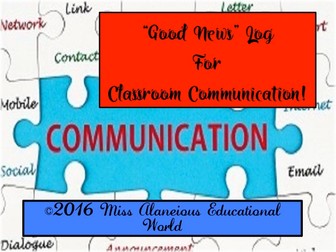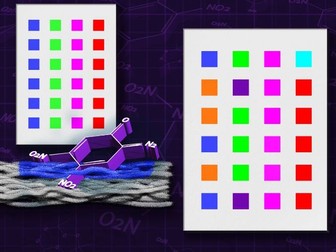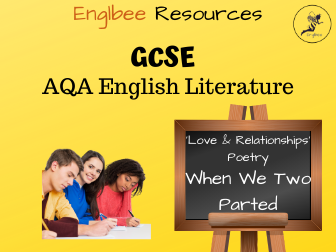
All you need to teach/revise "When Will There Be Good News" for AQA A Level
Extra resources added on 03/09/18
These resources are part of a package of resources that have one philosophy: to give you ball you need to teach a text or a topic IN ONE PLACE. These resources include extensive presentation PowerPoints, lots of model answers, annotated answers, mock questions, extensive background research Powerpoints, and A3 helpsheets. They also ensure that Assessment Objectives and Mark Schemes are fully addressed. The idea behind these resources is to offer detailed work that has been tested in the classroom and proven to be successful. Although at first glance they may seem pricey, the resources do offer value for money, and always offer a free taster resource with a detailed contents page, outlining exactly what is on offer, and some free taster resources.
This resource bundle offers approximately 25 detailed resources to support the teaching of When Will There Be Good News at A Level resources. The focus is on looking at chapter summaries, model answers, analysing some chapters in detail, tracing character development, themes, and lots more. The key focus is looking at the ways in which the novel is typical and atypical of the Crime genre. There are lots of useful Powerpoint presentations, including a detailed Powerpoint to get students ready for the exam. There are also lots of annotated helpsheets, model answers, exam revision materials, In fact there is everything you need here to teach this novel in great detail.
